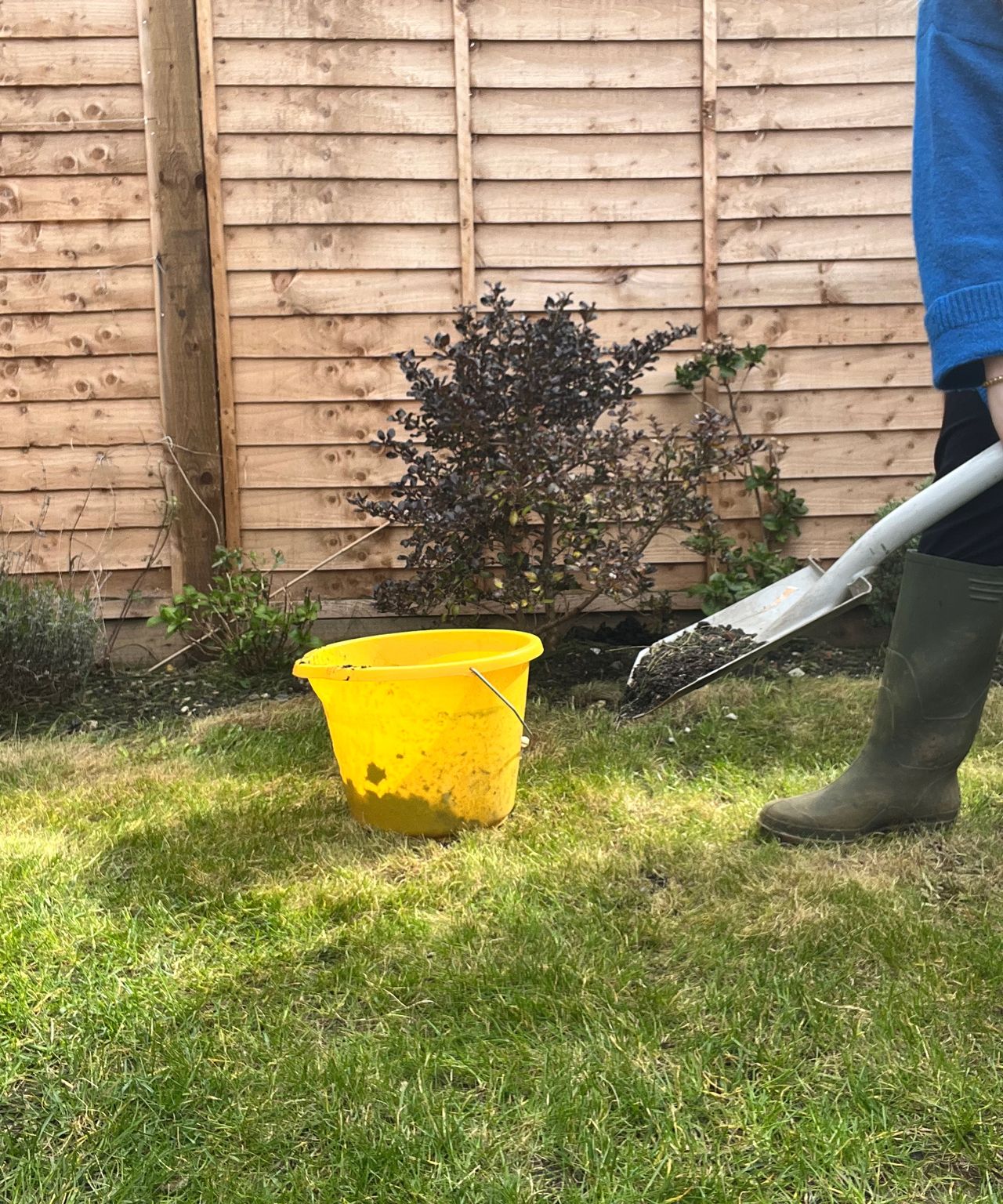Picture this: a verdant oasis of a yard, lush and manicured, but marred by unsightly bumps and dips that make every step a treacherous adventure. It’s a common frustration for many homeowners, leaving them yearning for a smooth, level lawn where they can relax, entertain, and let their kids play safely. Fear not, for we’ve got you covered! This comprehensive guide will arm you with the knowledge and techniques to transform your bumpy yard into a smooth, envy-inducing sanctuary.

Image: www.realhomes.com
Unearthing the Causes: Why Does Your Yard Get Bumpy?
To effectively combat bumpy yards, we must first delve into their origins. Various factors can contribute to this yard-distorting phenomenon, including:
Soil Compaction:
Compacted soil suffocates root systems and prevents water from efficiently filtering through. This deficiency hinders plant growth and creates an environment conducive to bumpy surfaces.
Poor Drainage:
When rainfall or irrigation water accumulates on your yard, it can saturate the soil and weaken its structure. The resulting erosion and instability contribute to uneven surfaces.

Image: www.pinterest.com
Uneven Settlement:
Over time, changes in underground soil conditions can cause uneven settlement, creating dips and mounds on your yard.
Harsh Weather Conditions:
Extreme weather events like heavy rainfall and frost can wreak havoc on your yard, causing erosion and displacement of soil, leading to bumpy terrain.
Step-By-Step Smoothing Journey: Recapturing a Level Yard
Now that we’ve shed light on the culprits behind bumpy yards, let’s embark on the revitalization process. By following these steps, you can reclaim a smooth, inviting outdoor haven:
1. Assess the Damage and Plan Your Strategy:
Start by thoroughly inspecting your yard to identify the extent of the bumpiness. Note areas that require attention and prioritize them based on severity. Develop a plan that incorporates the following steps.
2. Core Aeration:
Core aeration involves creating small holes in the soil to improve drainage and reduce compaction. This technique allows water, nutrients, and oxygen to penetrate deeper into the soil, promoting healthy root growth. You can rent a core aerator or hire a professional for this task.
3. Leveling and Grading:
If core aeration alone proves insufficient, leveling and grading may be necessary. This involves removing excess soil from high spots and distributing it over low spots, effectively smoothing out the surface. For large areas or severe bumps, consider seeking professional assistance.
4. Topdressing:
Topdressing involves spreading a layer of nutrient-rich soil over the yard to improve its composition and texture. This layer helps level out minor unevenness and supports healthy lawn growth. Choose topsoil specifically formulated for lawns and apply it evenly over the affected areas.
5. Over-Seeding:
Once you’ve smoothed out the surface, over-seeding can help thicken the lawn and minimize bumps. Sprinkle grass seeds over the treated areas and lightly rake them into the soil. Water regularly to promote germination and root establishment.
6. Regular Mowing and Fertilization:
Maintaining a regular mowing schedule and fertilizing your lawn according to its specific needs promote healthy growth and prevent soil compaction. This routine care will help maintain a level yard and prevent bumps from recurring.
Additional Tips for a Bump-Free Yard
The journey to a smooth yard extends beyond the initial leveling and smoothing efforts. Here are some additional tips to maintain its pristine condition:
-
Improve Drainage: Ensure proper drainage throughout your yard by installing drainage systems such as French drains or dry wells. This will prevent water accumulation and erosion.
-
Control Traffic: Limit heavy foot traffic or vehicle movement on your lawn to minimize soil compaction.
-
Aerate Annually: Core aeration should become a yearly ritual to reduce soil compaction and enhance water and nutrient absorption.
-
Use Mulching Mowers: Mulching mowers chop grass clippings into fine particles that naturally decompose and add nutrients to the soil, improving its structure and preventing compaction.
-
Avoid Overwatering: Excessive watering can saturate the soil and weaken its structure. Water your lawn deeply and infrequently to encourage deeper root growth and prevent erosion.
How To Fix Bumpy Yard
Conclusion
Transforming a bumpy yard into a smooth, aesthetically pleasing oasis is an achievable goal with the right techniques and consistent maintenance. By understanding the causes of bumpy yards, implementing our step-by-step smoothing plan, and adhering to the additional tips outlined in this guide, you can restore your outdoor area to pristine condition. Remember, the journey to a bump-free yard is not merely a chore but an investment in your home’s beauty and your family’s enjoyment. So, embrace this opportunity to create an outdoor space where memories are made and tranquility reigns supreme.